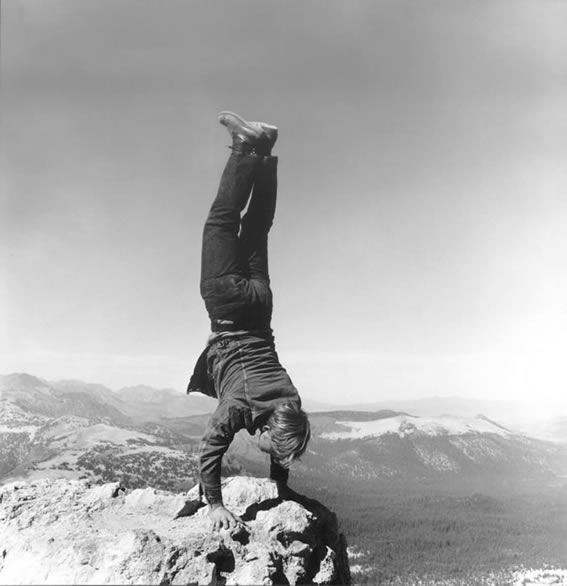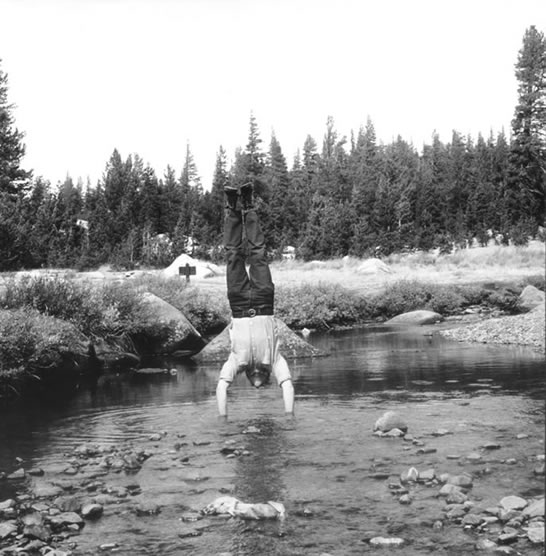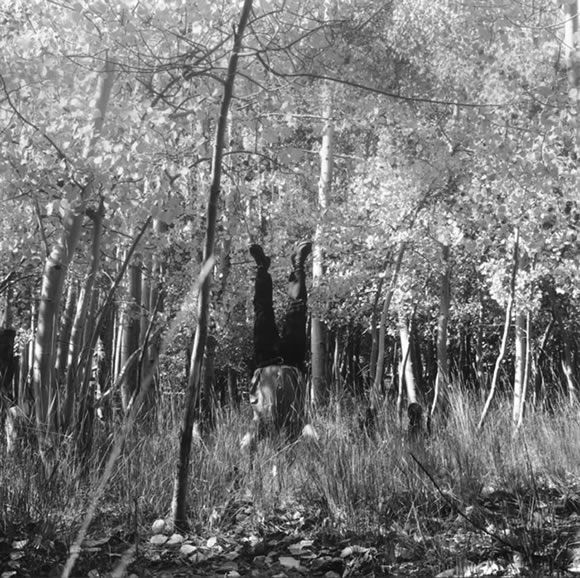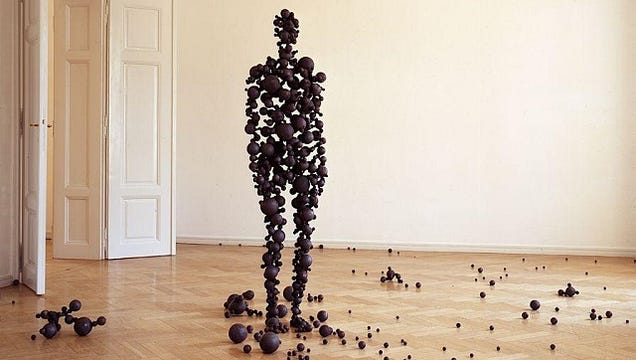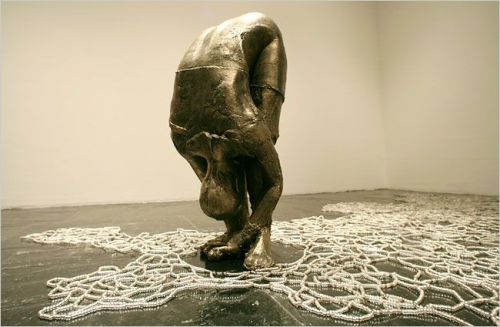We’ve been exploring practicing yoga at home this week. Many people find once they have been attending a regular yoga class for a while they want to start putting what they have learnt into practice at home. But where to start?
Practicing yoga at home is really different from going to a class, and it can be a really hard thing to get motivated to do. You don’t have a teacher telling you what to do or guiding you through a carefully sequenced class. It’s just you and your body and a load of postures you’re not even sure you have right! I know I have struggled to build up a regular home practice in the past, mainly because I told myself I didn’t have the time or a quiet enough space in which to do so. Here are some tips and ideas I’ve learnt from teachers and my own practice that may help inspire you to get on your mat:
– Before you start, ask yourself what you need from your practice at that moment– it will be different every day. Perhaps you have a sore neck and so make that your focus of your movements. Maybe you feel tired and so want a more restorative practice, or maybe because you’re tired you’d like to feel more energized and so a bit of handstand practice or sun salutations would work.
– Listen to your body and don’t force yourself to practice something you don’t want to; your practice shouldn’t be a chore to get through, but something enjoyable:
‘We’re trying to make our life listen to our practice. So let your practice conform to your life. Don’t make it something outside the boundaries of where you are and what you’re feeling and what you’re needing.‘ Read Judith Lasater’s full interview on home practice here– it has some really useful tips.
– Home practice doesn’t have to be long, some days it may be 5 minutes, other days you might find you have been practicing for over an hour. It also doesn’t have to take place in an ‘appropriate’ quiet space. Although it can be nice to dedicate a space just for your practice, some days I like to practice out in the garden, with all the distractions that go with that. Other days there might be lots of noise/people around the house, and some days I may not even have a mat with me. It’s about being creative with what you’ve got. Instead of trying to shut them out, work with the distractions and see what comes up in your body and thoughts as you practice- you may even find that your focus improves as a result.
– Get familiar with the basic poses and maybe just practice one or two poses a day. Don’t worry about ‘doing it right’- as long as you are not in pain, just go with the pose as you know it – notice how it feels for your body- what would make it better, what could you soften. Keep asking questions. As you become more familiar with the poses, you may then start building them into sequences. Another idea is to practice a sequence from the class you attended that week (see below for some of the more familiar sequences that we practice in class).
– As you practice, observe and listen to the body. Notice what shapes the body prefers/doesn’t prefer. Notice what your favourite pose is and what your least favourite pose is. Notice the habitual patterns you hold in the body- do you always step back to downward dog with the same leg? Is one leg easier to balance on than the other? For every pose see if there is something you can take away or soften, something you don’t need (e.g clenching your toes in tree pose, holding in your belly in tadasana). As you become more aware of the body and its patterns it will be easier to tune in and see what you need from your practice at that moment.
– Explore, experiment, and have fun! Remember that it doesn’t matter what you look like it the shape, it’s how it feels- play around with the shapes, make mistakes.
– Keep it simple. You don’t have to plan elaborate sequences or try and get yourself in the most extreme shape you can. Listen to your body and go from there. Home practice for you today may just be sitting on a cushion and listening to your breath.

Here are a few sequences for you to try at home (they should be pretty familiar if you come to my classes already):
1. Tadasana (mountain pose), Uttanasana (forward fold), Ardo mukha svanasana (downward dog), Malasana (squat), ardo mukha svanasana, uttanasana, tadasana,
2. Tadasana, uttanasana, ardha uttanasana (half forward fold), right leg step back to low lunge, ardo mukha svanasana, right leg step forward to lunge, ardha uttanasana, uttanasana, tadasana. Repeat on left side.
3. Balasana (child’s pose), cat/cow, bhujangasana (cobra), ardo mukha svanasana (downward dog), plank, balasana. Repeat.






